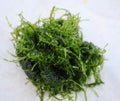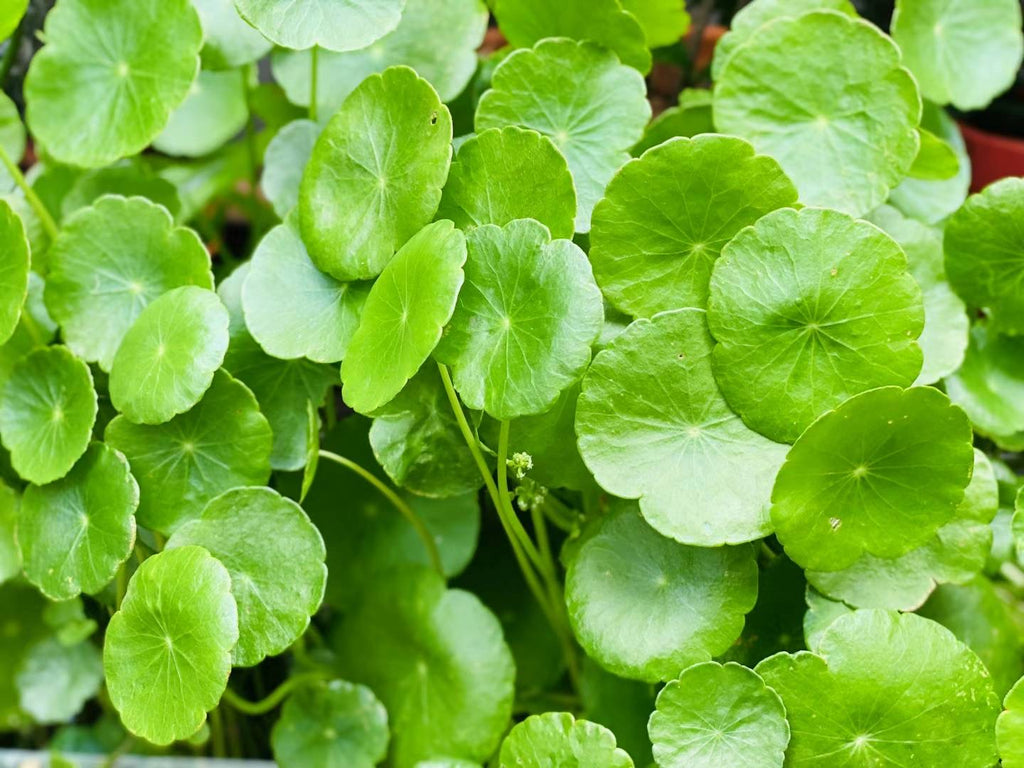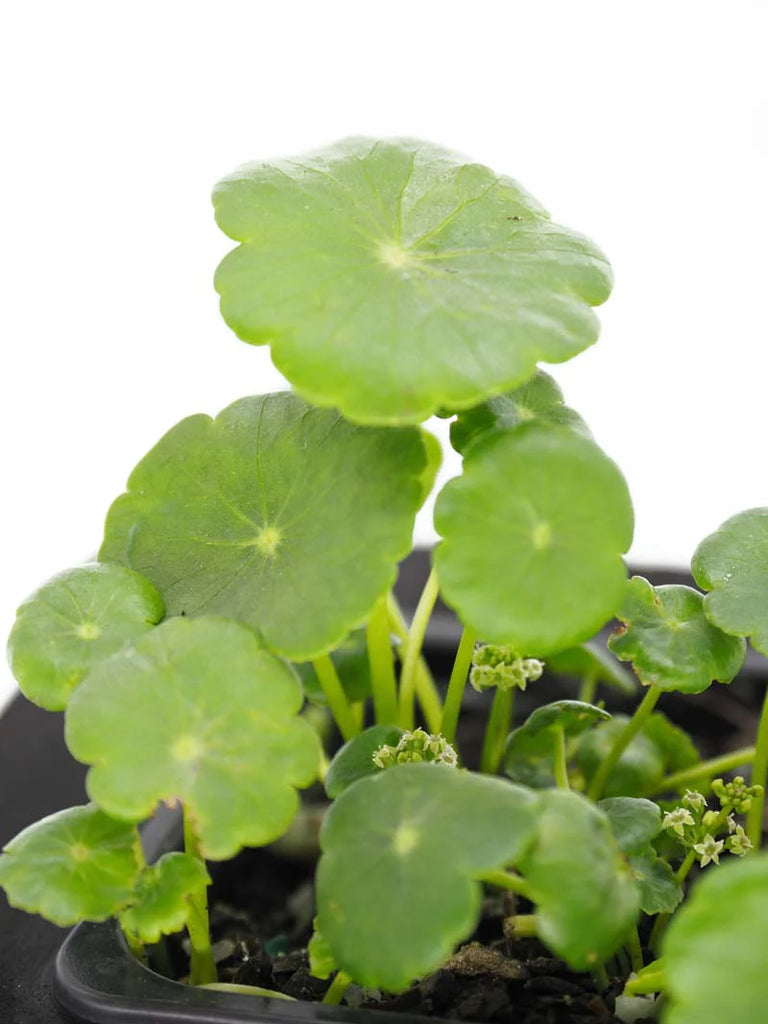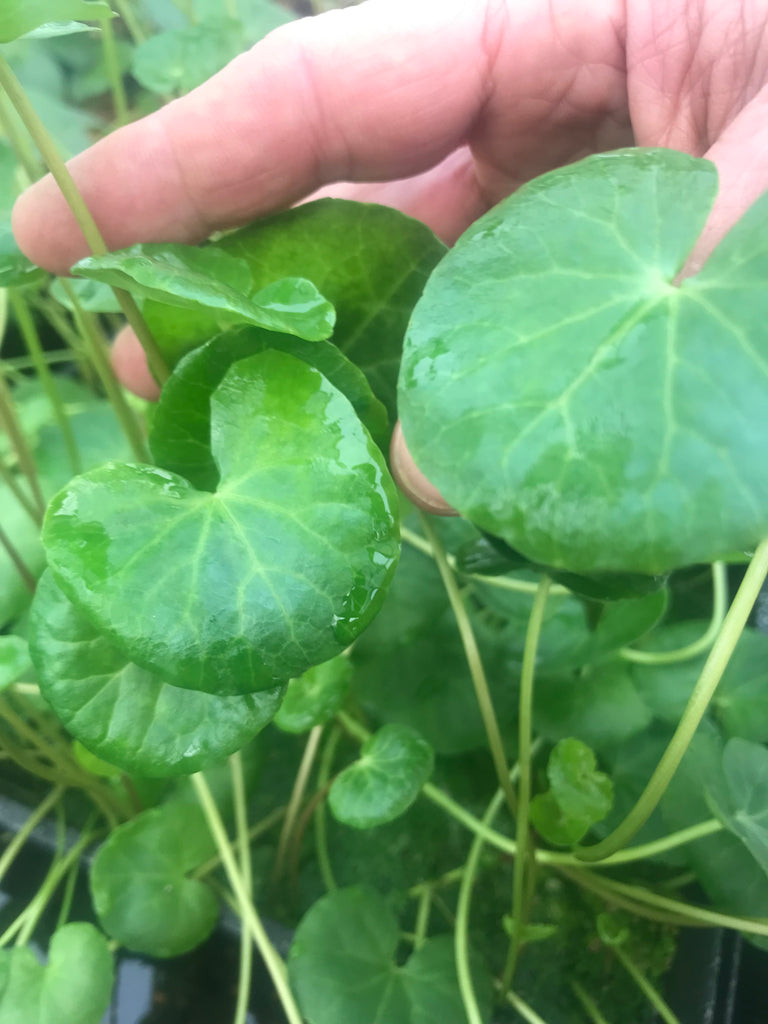Pennywort
Pennywort
Portion Size
You will receive an emersed grown plant with at least 8 leaves, about 20-30cm in size.
Description
Hydrocotyle sibthorpioides: Your Guide to the Pennywort Plant
Hydrocotyle sibthorpioides, commonly known as the pennywort, is a versatile and beneficial plant that has been garnering attention for its various uses and health benefits. Known also as the marsh pennywort, this plant is not only a delightful addition to your garden but also a valuable herb in traditional medicine. In this article, we’ll explore everything you need to know about the pennywort plant, from its characteristics and growth habits to its numerous benefits.
What is Hydrocotyle sibthorpioides?
Hydrocotyle sibthorpioides, or pennywort, is a perennial creeping herb that belongs to the family Araliaceae. This plant is native to tropical and subtropical regions and can be found in moist, marshy environments, hence the name marsh pennywort. It features small, round leaves with scalloped edges and delicate white or greenish flowers. The leaves of the pennywort plant are often compared to coins, which is how it gets its common name.
Growing Pennywort in Your Garden
The pennywort plant is an excellent addition to gardens, especially in areas with high moisture levels. Here’s how you can cultivate this hardy plant:
-
Soil Requirements: Pennywort thrives in rich, loamy soil with good drainage. It can also grow in sandy or clay soils but prefers soil that retains moisture.
-
Light Conditions: This plant does well in partial shade to full sun. However, in hotter climates, partial shade is preferable to prevent the leaves from scorching.
-
Watering: As a marsh plant, pennywort loves water. Ensure the soil remains consistently moist, especially during dry periods. It can even grow in shallow water bodies, making it ideal for ponds and water gardens.
-
Propagation: Pennywort can be propagated easily through division or stem cuttings. Plant the cuttings or divisions in moist soil, and they will root quickly.
Benefits of Pennywort
Pennywort is celebrated not only for its ornamental value but also for its myriad of health benefits and uses in traditional medicine. Here are some key benefits:
-
Medicinal Uses: In traditional medicine, particularly in Asian cultures, pennywort is used for its anti-inflammatory, antibacterial, and healing properties. It's commonly used to treat wounds, skin conditions, and to improve circulation.
-
Culinary Uses: The leaves of the pennywort plant are edible and are often used in salads, smoothies, and herbal teas. They are rich in vitamins and minerals, providing a nutritious boost.
-
Environmental Benefits: As a ground cover, pennywort helps prevent soil erosion and retains moisture in the soil. It's also known to improve soil quality over time.
Incorporating Pennywort into Your Lifestyle
There are numerous ways to incorporate pennywort into your daily routine:
-
Herbal Teas: Brew fresh or dried pennywort leaves to make a refreshing and health-boosting tea. This is especially popular in Asian countries where pennywort tea is consumed for its cooling and detoxifying effects.
-
Skincare: Use pennywort extracts or crushed leaves as a natural remedy for minor cuts, burns, and skin irritations. Its soothing properties make it a great addition to homemade skincare products.
-
Culinary Delights: Add pennywort leaves to your salads or green smoothies for a nutritious and flavorful twist. They can also be used as garnishes for various dishes.
Conclusion
Hydrocotyle sibthorpioides, or pennywort, is more than just a marsh plant. It's a valuable addition to any garden, a versatile herb in traditional medicine, and a nutritious ingredient in the kitchen. By understanding its growth requirements and benefits, you can easily incorporate this remarkable plant into your life and enjoy its myriad advantages. Whether you're a gardener, a health enthusiast, or a culinary explorer, the pennywort plant is sure to impress.
Quick Stats
- Scientific Name: Hydrocotyle sibthorpioides
- Care Level: Easy
- Growth Rate: Fast
- Tank Placement: foreground/midground, floats along substrate
- Lighting Requirement: will thrive in low to bright light
- Ideal Temperature: 70°-86°F (18°-30°C)
- pH: 5-8
- CO2: No
- Substrate: Yes
Shipping Note
We ship from Mondays to Wednesdays (all orders from Monday to noon of Wednesday will be ship out in the same week and any orders made after noon of Wednesday will be processed next Monday).
- Any orders you make from noon Wednesday onward will be processed the next Monday.
- Most orders from Monday to noon of Wednesday will be shipped out in the same week.
Any other dry goods, bonsai, plants, and accessories will be sent via standard post. Usually, you will receive the items within 3-7 business day after order is fulfilled.
For more enquiries, please check out our shipping policies below.
We alway try to process your order as soon as we can, if you have any questions please contact us at support@aquafy.com.au.


















